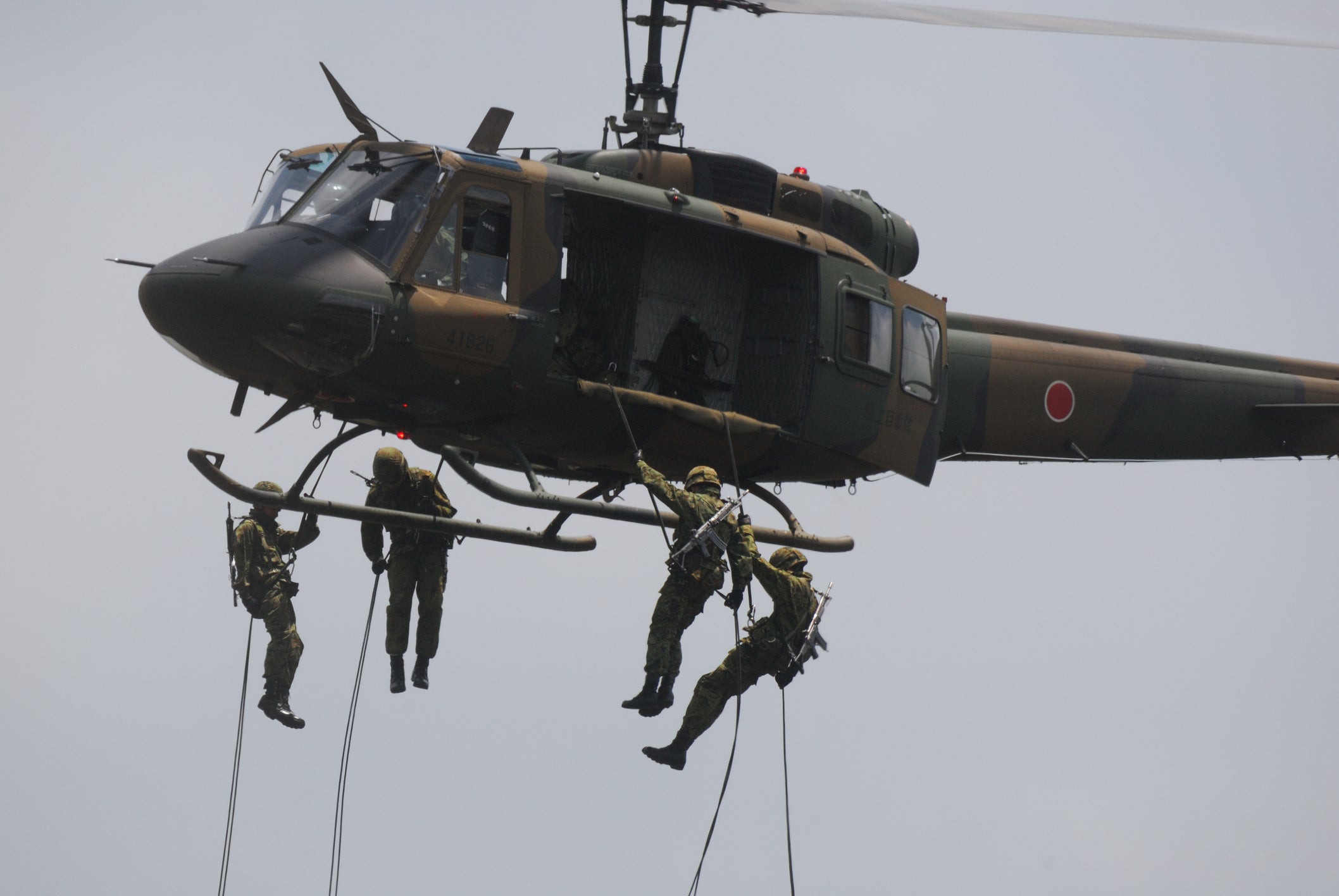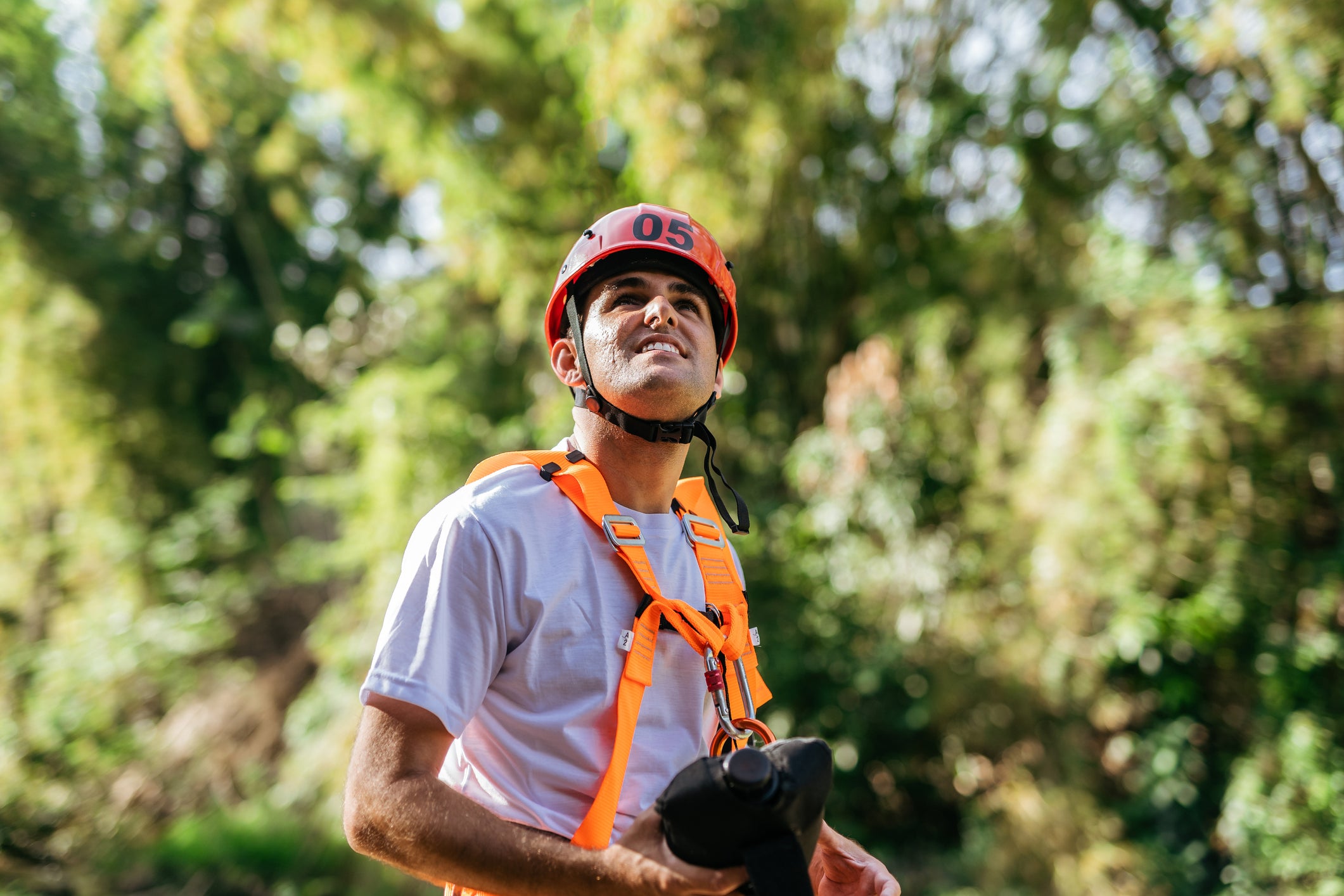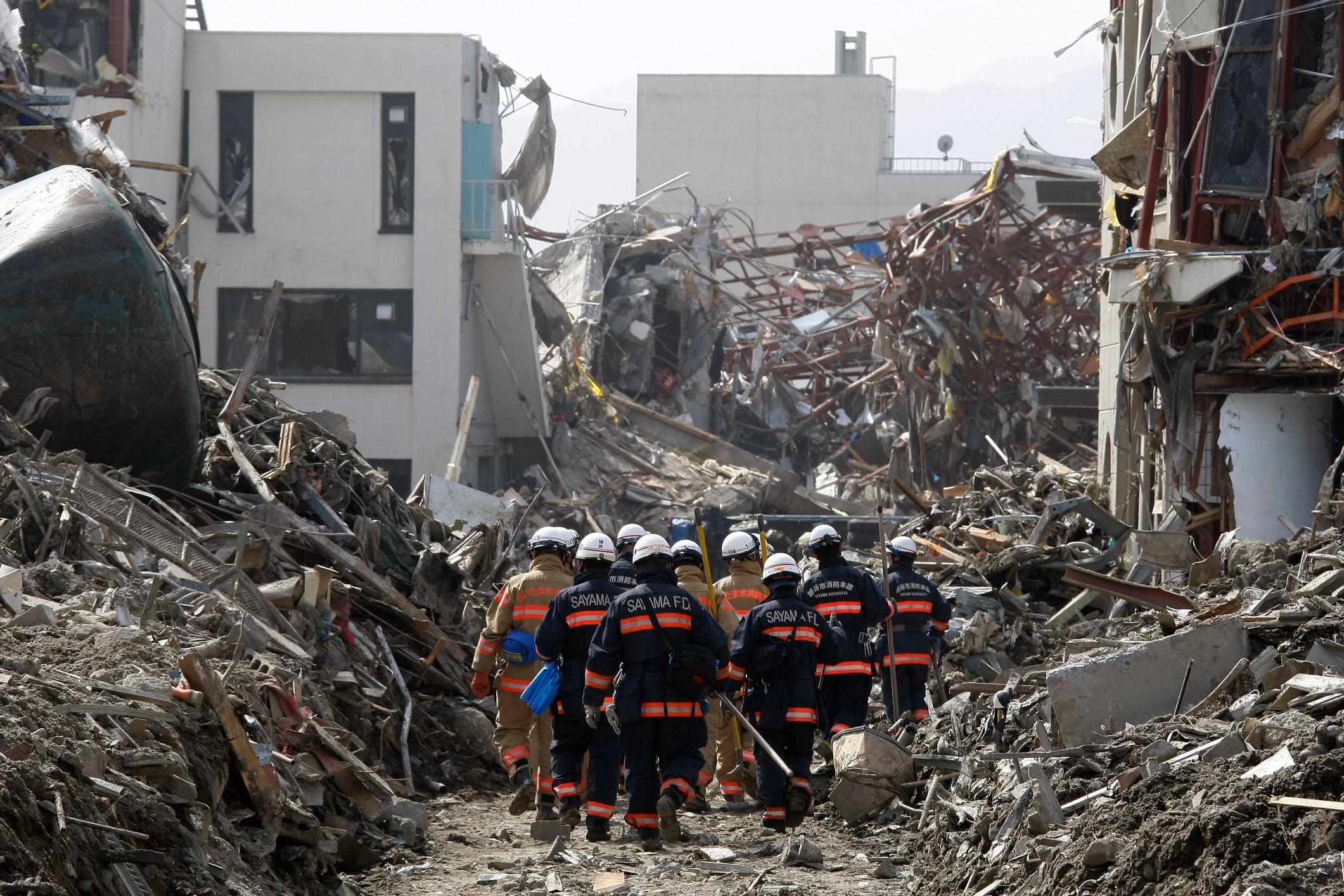A step towards protecting the community: The important role of disaster prevention education
table of contents
Introduction
1. Have enough knowledge
2. Importance of early warning and evacuation
3. Collaboration and cooperation across the region
4. Continuing education and training
5. Use of media and technology
summary
Introduction
Disaster prevention education plays an extremely important role in protecting our lives and communities. When a disaster occurs, correct knowledge and actions can protect people and minimize damage. It is possible to build a safer society by cooperating with the entire community and thoroughly providing disaster prevention education.
1. Have enough knowledge
1-1 Types and characteristics of disasters
It is important to understand the different types of disasters. Natural disasters include earthquakes, floods, typhoons, tornadoes, and volcanic eruptions. Man-made disasters also include fires, terrorist attacks, and chemical leaks. It is necessary to understand what characteristics each disaster has and what kind of damage it causes.
1-2 Coping methods and behavioral guidelines
It is very important to understand how to deal with different disasters and the guidelines for action during disasters. For example, in the event of an earthquake, there are appropriate actions to take, such as ``hiding under a desk to protect yourself.'' It is important to know these basic actions and be able to put them into practice immediately in an emergency.
1-3 Evacuation plan and evacuation route
It is important to create an evacuation plan for each family and community and to know evacuation routes and evacuation shelter locations. It is important to know information about local safety bases and designated evacuation shelters so that you can evacuate at the appropriate time.
1-4 How to contact in case of emergency
When a disaster occurs, it is important to establish an emergency contact method. It is important to know emergency contacts and where to get information, and to have a way to communicate with family and neighbors.
1-5 Post-disaster response
After a disaster occurs, how to deal with it afterwards is also important. It is also helpful to know what first aid should you do if you are injured and how to participate in relief efforts in the affected area.
Having the correct knowledge about disasters not only allows you to take appropriate action in an emergency, but also helps you avoid panic. In order to acquire this knowledge, it is important to receive regular disaster prevention education and training. It is also important to share this knowledge with your family and neighbors to prepare your entire community.
2. Importance of early warning and evacuation
2-1 Recognize danger in advance
Early warning systems are mechanisms for issuing warnings for natural disasters such as earthquakes, floods, typhoons, and other emergencies. This allows people to know in advance that a disaster is coming. This alert gives you enough time to take appropriate action.
2-2 Evacuate to a safe place
The importance of evacuation is that by taking appropriate actions when a disaster approaches, you can move to a safe location. Depending on the type of disaster, it is important to know the appropriate evacuation destinations and evacuation routes and move quickly and safely in order to minimize damage.
2-3 Protection of human life and property
Early warning and evacuation can help people get to safety and save lives. It also gives you enough time to take appropriate measures to protect your property and assets. This will prevent the spread of damage and reduce the burden of recovery and reconstruction.
2-4 Improving the safety of society as a whole
Appropriate early warning and evacuation improves the safety of not only individuals and communities, but society as a whole. By working together as a community and having appropriate warning and evacuation plans, disruption and confusion caused by disasters can be minimized and a rapid response can be achieved.
2-5 Facilitating rescue operations after a disaster
If proper evacuation is carried out, it is expected that post-disaster rescue operations will proceed smoothly. With proper evacuation, the number of people affected is kept to a minimum and rescue operations can be carried out more quickly and effectively.
3. Collaboration and cooperation across the region
When local people come together and cooperate, disaster response becomes more effective. Disaster education encourages local communities to work together and learn how to work together to prepare for disasters. It is important to build a system of cooperation with local residents, schools, local governments, and relevant institutions.
3-1 Information sharing and communication methods in emergencies
It is important to establish a means for the entire region to quickly share information when a disaster occurs. This includes establishing a system for local residents, related organizations, local governments, etc. to have a means of communication in case of an emergency and to share information effectively.
3-2 Sharing and cooperation on evacuation plans
It is important to share and coordinate evacuation plans throughout the region. More effective evacuation will be possible if all local residents understand appropriate evacuation routes and evacuation shelter locations and support each other.
3-3 Organizing local volunteers
It is important for local residents to organize volunteer activities during disasters in order to strengthen support and relief efforts for disaster-stricken areas. This ensures effective utilization of human resources for rescue and assistance.
3-4 Cooperation with schools and local organizations
It is also important for schools and local organizations to cooperate in disaster prevention education and disaster response. Schools will educate students and teachers on disaster preparedness, and local organizations will work together to ensure the safety of the entire region, such as by conducting disaster prevention drills for residents.
3-5 Collaboration with local governments
Local governments play an important role during disasters. It is essential for the entire region to work together with local governments and build a cooperative system to protect the safety of the local community, such as by providing information and establishing a support system.
4. Continuing education and training
4-1 Consolidation and mastery of knowledge
Continuous education and training helps solidify disaster prevention knowledge and familiarize people with emergency actions. Through repeated training, appropriate actions and responses will become part of your daily habits.
4-2 Adaptation to the latest information and technology
Continuous education provides opportunities to stay current with the latest disaster response techniques and information. As science and technology advance, best practices for disaster preparedness are changing. It is important to stay up to date and learn best practices through regular education and training.
4-3 Improving ability to respond to disasters
Regular training improves our ability to respond to disasters. Training and simulation are essential to remain calm and make appropriate decisions during emergencies. You can develop the ability to respond flexibly depending on the situation.
4-4 Strengthen teamwork and cooperation
Sustained training strengthens collaboration not only among individuals but also across teams and communities. By strengthening collaboration, we will be able to take faster and more effective action in the event of a disaster.
4-5 Building a long-term disaster prevention culture
Regular education and training contributes to building a long-term disaster prevention culture. This prepares the entire community for disasters and creates habits that focus on prevention. Disaster prevention will become commonplace and will support the safety of the entire region.
5. Use of media and technology
5-1 Rapid communication of information
The use of media and technology enables rapid and large-scale communication of information during disasters. Utilize social media, television, radio, the Internet, etc. to effectively issue emergency warnings and alerts.
5-2 Education and awareness activities
We will use websites, apps, and online content to conduct education and awareness activities regarding disaster prevention. Reach more people with videos and interactive content.
5-3 Providing evacuation routes and safety information
Technology can be used to map evacuation routes and shelter locations, and provide safe guidelines for action in the event of a disaster. Make the information you need easily accessible through smartphone apps and websites.
5-4 Prediction and early warning system
The latest technology is used to predict disasters and develop early warning systems. It uses sensors and monitoring technology to provide early warning of disasters such as earthquakes and floods, giving people time to react.
5-5 Communication and communication methods
Communication methods using smartphones and the Internet are extremely useful ways for people to stay in touch during disasters. You can confirm your safety and request support through telephone, email, SNS, etc.
summary
Dissemination of disaster prevention education is essential to protect the region. The risk of disasters occurring cannot be completely eliminated, but with the right knowledge and preparation, you can minimize the damage and protect the safety of your community. Promoting disaster prevention education with the participation and cooperation of all people can be said to be the first step in building a safer and more resilient community.








